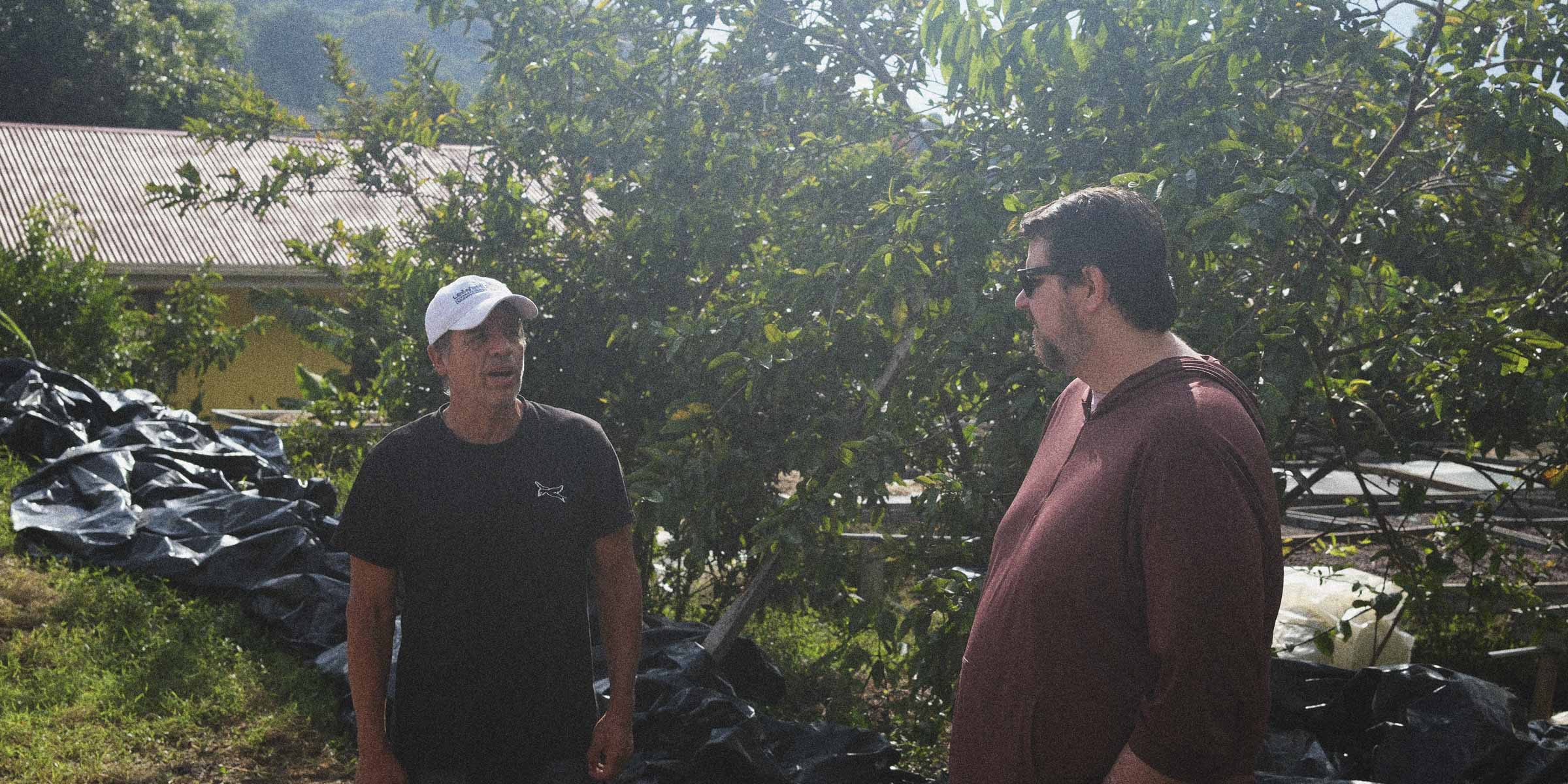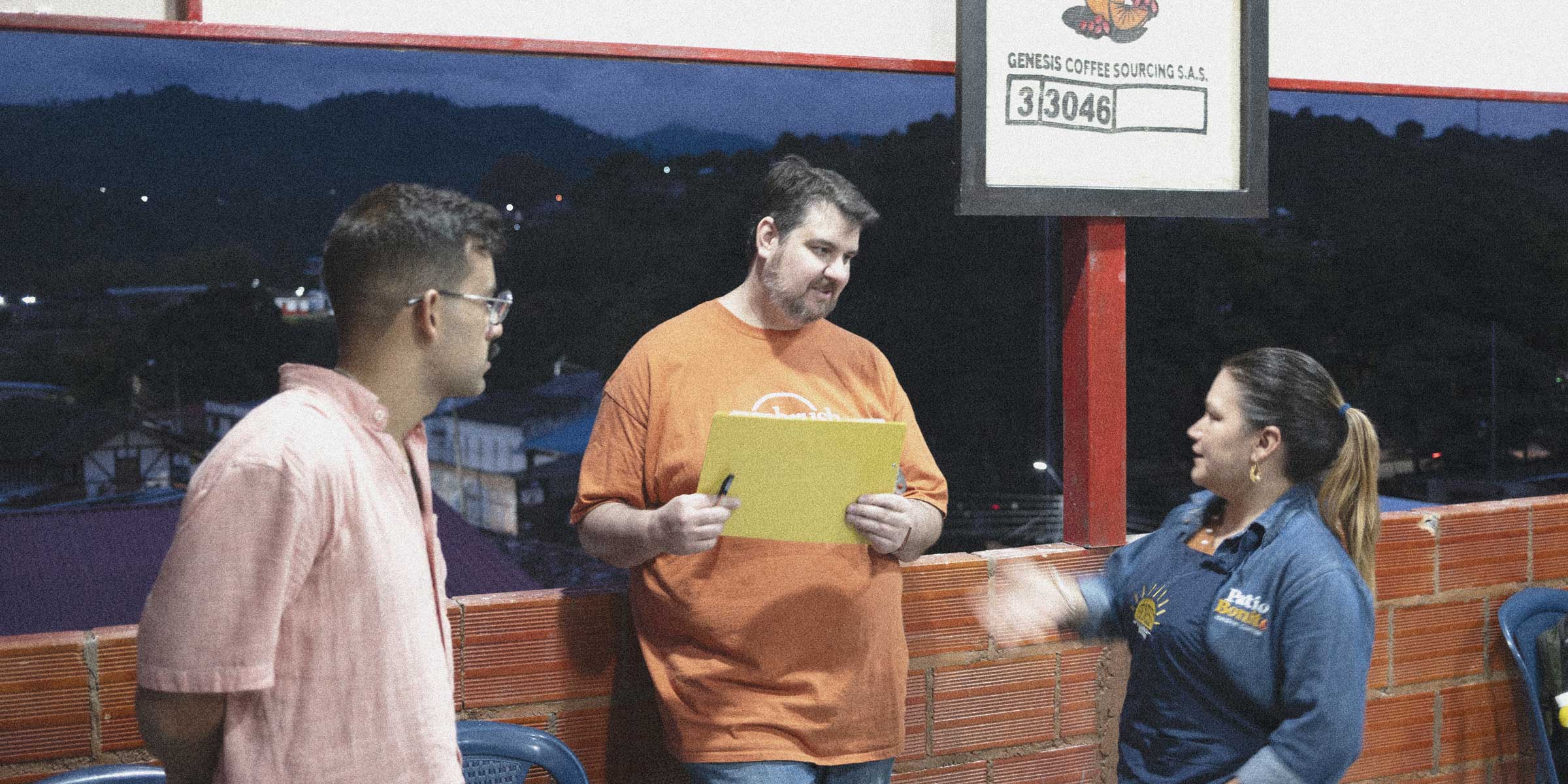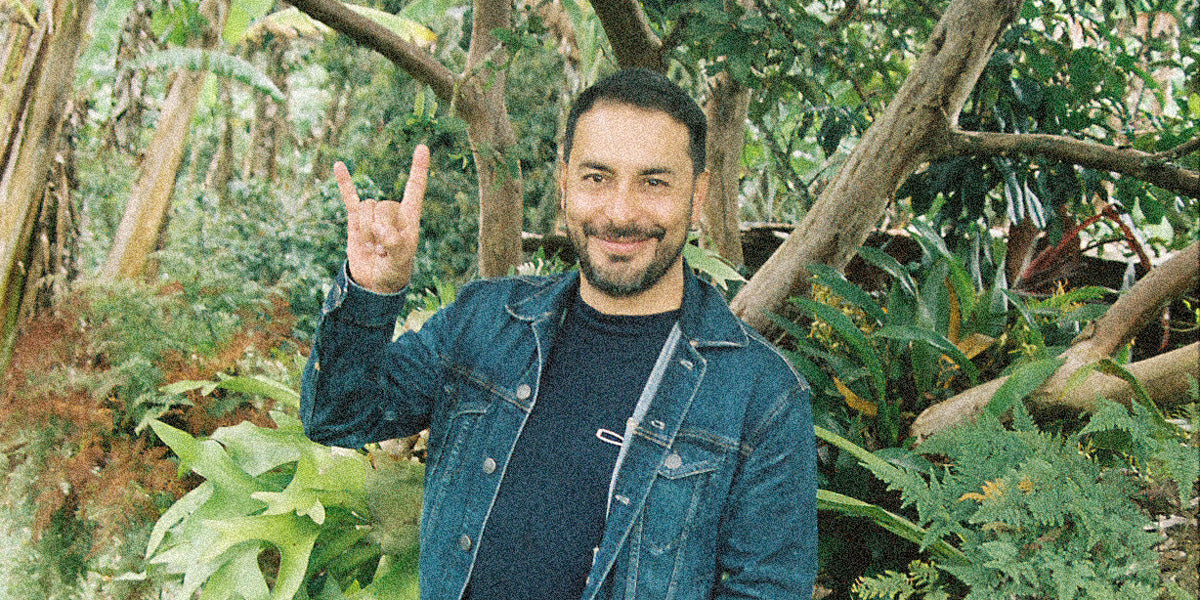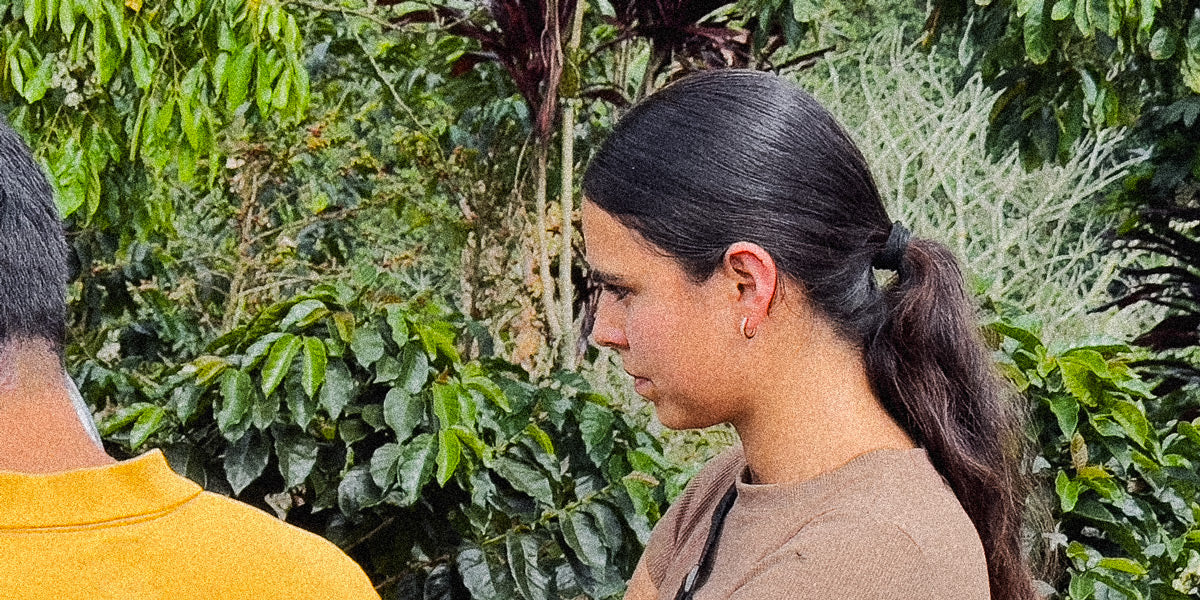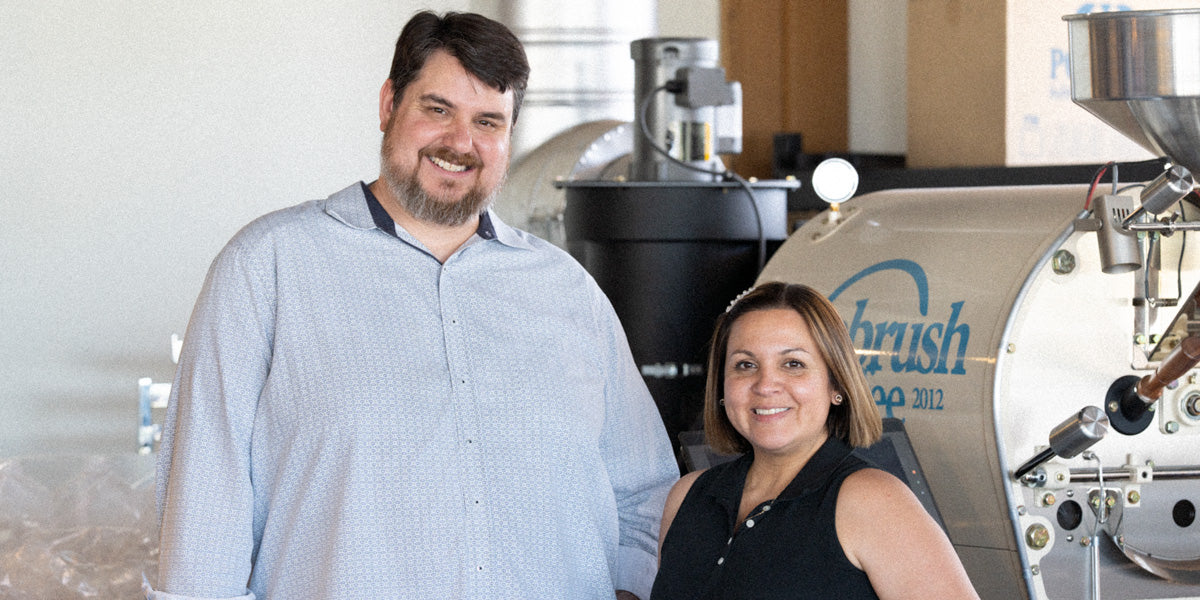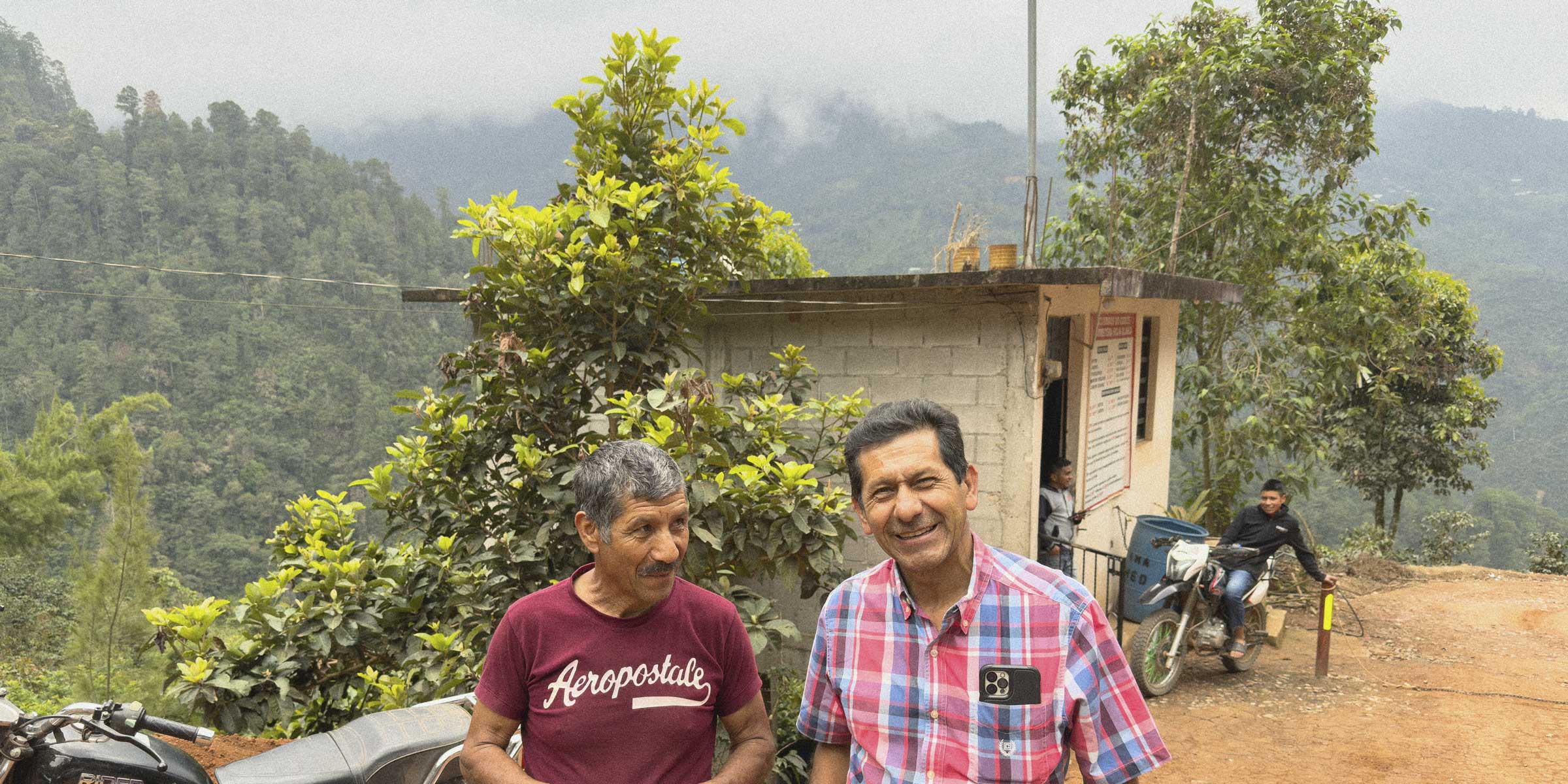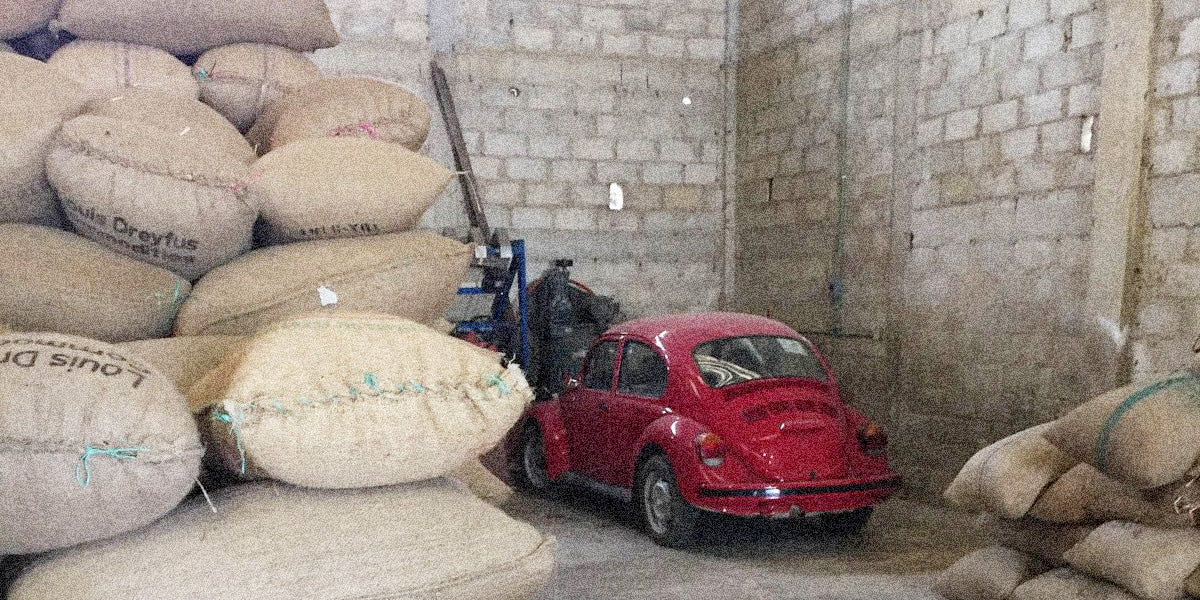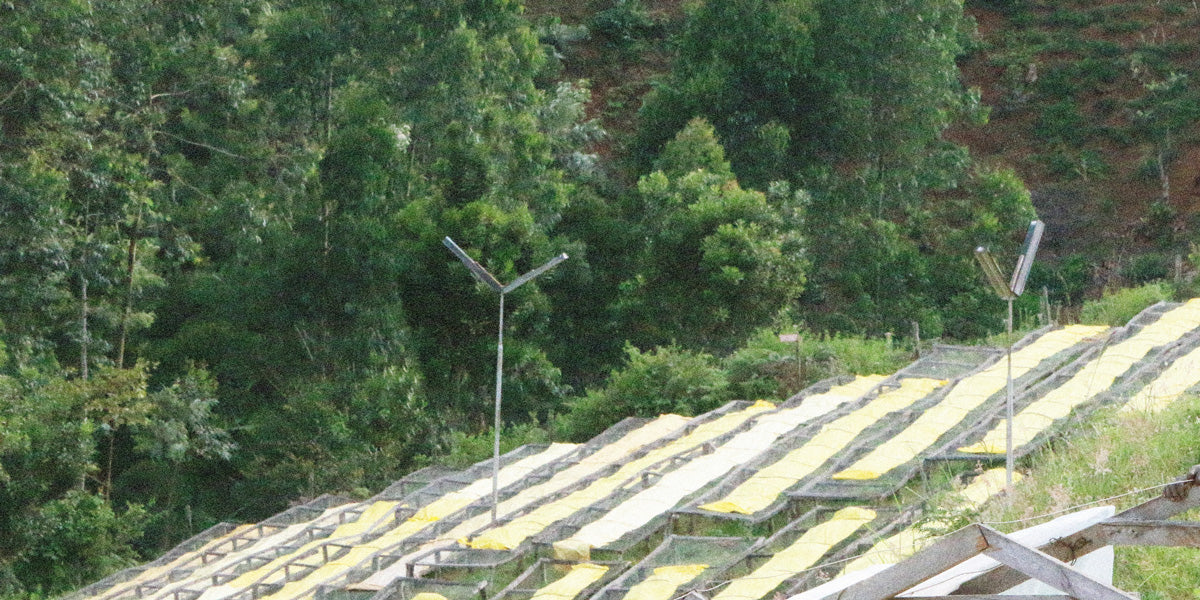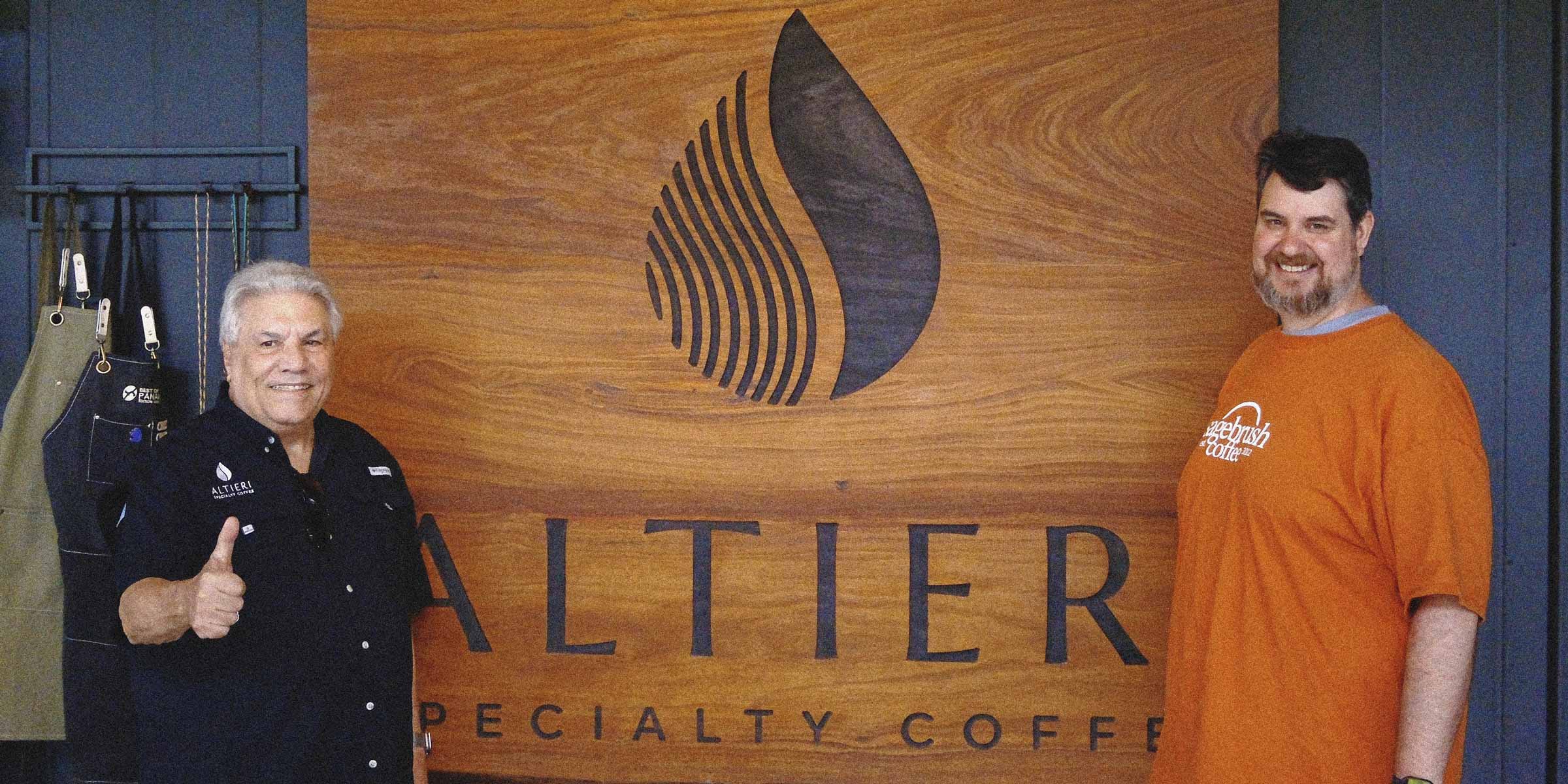Producer Relationships at Sagebrush
My First Origin Trip
I'd been running Sagebrush for ten years before I made it to origin. In March 2022, I flew to Guatemala with my son Jonathan. Don Edwin from Onyx Coffee picked us up at the airport in Huehuetenango. He introduced us to our "limo" for the week, an open box truck with a tarp over the back. We rode for hours to El Injerto, arguably the best coffee farm in Guatemala.

Standing there looking at coffee trees growing on the side of a mountain, I asked the dumbest question: "How do they pick coffee on that mountain?" They looked at me like I was an idiot. "With people," they said. People climb mountains and hand-pick each cherry individually. If they pick unripe cherries with ripe ones, the coffee tastes under-roasted. So farmers scale mountains to pick only the ripe cherries, three to five passes per season.
We stayed at Edwin's family farm, Finca Vista Hermosa. I'll never forget waking up there, the cool breeze, birds in the distance. The view is still my phone background. One morning Edwin showed us the drying patios where he used to skateboard as a kid. This wasn't just a revenue stream. It was a family business with generations of memories.
One morning on the trip we met with neighboring producers and had a conversation about fertilizer prices doubling. Would they strip-pick and sell to the C-market? Would they raise prices 50% and hope we'd pay? We closed our conversation in prayer.
Colombia Best Cup
In October 2022, I took Noah to Colombia for the Best Cup competition. Twelve hundred producers had submitted samples. Jairo from Banexport and his team spent six months cupping coffees to narrow it down to the top 100. 14 U.S. roasters would determine the final rankings.
We stayed in a converted monastery in Popayan. Every morning we'd cup coffees for hours and then in the afternoons we'd pile into a Chiva, a converted U.S. school bus, and head to visit farms. Early on in the trip, we didn't understand the pressure of the trip. The winner would have their life changed forever. The top 15 lots would go to auction, where prices would hit 20-50 times their normal and the winner would set themselves up for life.

We cupped about 100 times that week. Noah had only cupped once before, and suddenly he was cupping with professionals who do this all day. We ended up spending more on our lots than anyone except the buyer of the #1 coffee. We walked away with what I believe was the best value of the week, coffees that became our best Colombian lineup in Sagebrush history.
Paying What Coffee Is Worth
These trips have helped me and Sagebrush gain a perspective on the business and buying in general. I've said this before, but I don't negotiate with our producers. I ask them what they think a fair price is for their coffees and pay it. My ideal is they get everything they need to be excited to sell to us year over year, because we want these relationships for years to come and want them to feel compelled to stay in specialty coffee.
In fact, this year we cupped a table of coffees I teh shop and the 3rd ranking coffee was the cheapest by far. So, I called them and told them. I gave the a screenshot of the cupping table, prices for everyone else and offered a large increase in price from what they were asking. We ended up coming to the weirdest agreement, because they asked for less, knowing it's harder for me to sell their country of origin than others.
This isn't normal in coffee buying. Most buyers negotiate down. But here's my philosophy: if a coffee is great, I don't care what it costs. My priority is for farmers to get as much money as possible so they can keep producing the best coffee possible.
The C-market hit record highs this year. We're paying two to three times that and sometimes 15x c-market, because we get coffees we believe are that good and have producers that we believe deserve it. That's what it takes to build relationships that survive market volatility. We're creating sustainable wages for farm workers and their families. We're not just giving lip-service to our mission...we live it.
What Makes Sagebrush Different
We really do try to live out our mission of putting on display the hard work of coffee producers. Every bag tells a producer story. When you buy our Don Eli coffee, you're supporting Carlos Montero whose daughter married a Phoenix barista. When you buy our Guatemalan, you're supporting Don Aurelio who's faith in God is a personal encouragement to me. When you buy our Colombian, you're supporting farmers whose lives were changed at Best Cup.
This year our goal is to have personally met, cupped with, and shared meals with the producers of 90% of the coffee we sell. We're not just buying coffee. We're building relationships.

The entire family is bought into this and enjoys these relationships. Eden and I have gone to Costa Rica & El Salvador, Noah came to Colombia. Jonathan went to Guatemala, Colombia & Costa Rica. And our whole family spent spring break in Boquete Panama in 2025. My kids know these farmers by name. They've walked the farms. They understand that coffee isn't just a product, it's the livelihood of families who have become our friends.

This philosophy doesn't fit on a certification stamp. It can't be reduced to a fair trade logo. It's messier than that, more personal than that, and ultimately more meaningful than that. When you buy Sagebrush coffee, you're not just getting great coffee. You're participating in relationships that span continents and support families for generations.


